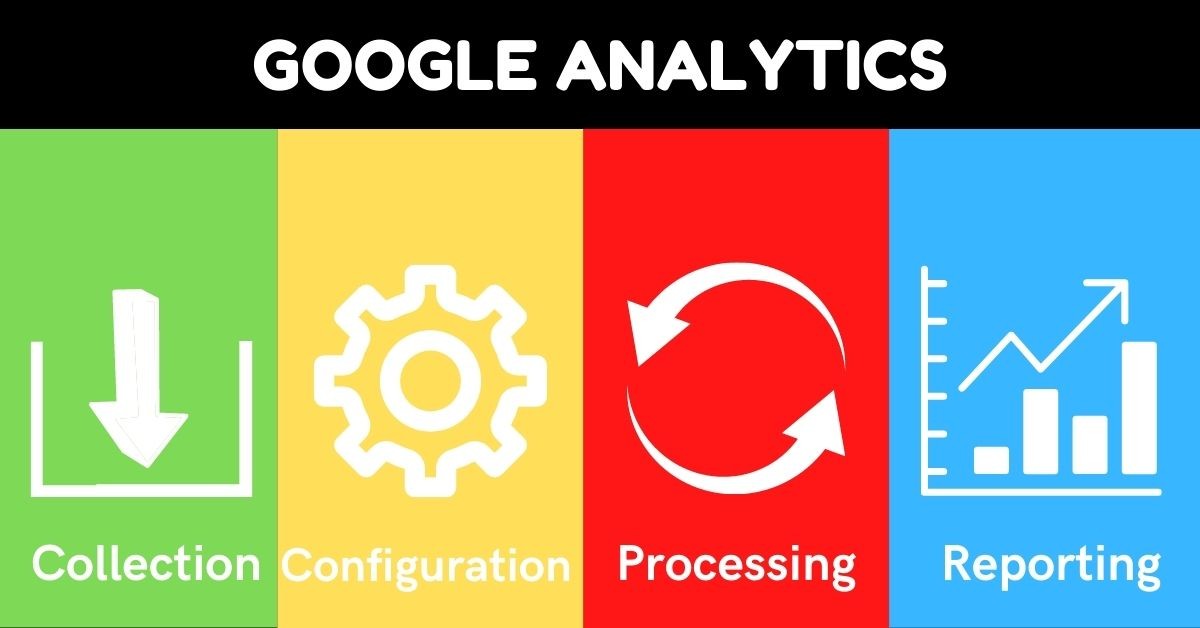The Role of What is a "Dimension" in Google Analytics: A Thorough Explanation
Enhance Your Reporting Precision Using Google Analytics Capacities: A Comprehensive Guide

Understanding Google Analytics Capacities

Google Analytics offers default dimensions, such as "page sights" and "session duration," but customers can likewise produce custom-made measurements to track details information points appropriate to their business objectives. In conclusion, understanding Google Analytics measurements is crucial for unlocking important insights that can educate strategic decision-making and enhance total efficiency.
Relevance of Data Accuracy
Moving beyond simply comprehending Google Analytics measurements, it ends up being obvious that making sure data accuracy is extremely important in acquiring meaningful understandings and making educated business decisions. By ensuring the precision of your data, you can confidently trust the understandings acquired from Google Analytics dimensions, enabling you to make enlightened choices that drive service development.
Data precision also promotes trust fund amongst stakeholders. Decision-makers are much more most likely to have confidence in the insights offered to them when records are based on reliable and accurate data. This trust fund is important for constructing strong relationships with colleagues, partners, and clients, as it demonstrates a dedication to transparency and integrity in your reporting practices.
Advanced Dimension Personalization
Enhancing the deepness of data evaluation within Google Analytics involves diving right into the world of Advanced Measurement Customization. This attribute permits individuals to develop custom-made dimensions to further section and analyze data past the default measurements given by Google Analytics. what is a “dimension” in google analytics?. By specifying certain specifications that pertain to your service objectives, you can get much deeper understandings into individual behavior, project efficiency, and other vital metrics
Advanced Measurement Personalization empowers individuals to tailor their analytics records to concentrate on the most vital elements of their website or application efficiency. Whether it's tracking communications with particular elements, keeping track of the actions of different individual sectors, or assessing the influence of custom occasions, personalized measurements offer a versatile and effective device for boosting information evaluation capabilities.
Applying Measurement Filters
Building upon the capability to customize dimensions for sophisticated data evaluation, the following action in optimizing your Google Analytics insights involves the application of measurement filters. Measurement filters allow you to improve your information by including or omitting details worths, providing a much more focused view of your site or app efficiency. By applying dimension filters, you can segment your information to evaluate the actions of specific individual groups, track the performance of specific web pages or areas, or leave out interior traffic from your reports, making sure that your insights are based on pertinent information.
To apply dimension filters in Google Analytics, browse to the Admin section, pick the Sight where you want to apply the filter, and click on Filters under the Sight column. From there, you can produce a brand-new filter, specify the dimension you want to filter, set the filtering conditions, and use the filter to your information. By effectively using dimension filters, you can boost the accuracy and significance of your coverage, bring about even more enlightened decision-making and improved overall performance.
Measurement Evaluation Techniques
When diving right into the world of dimension analysis in Google Analytics, understanding various strategies is extremely important for drawing out valuable understandings. One important method is segmenting dimensions to separate specific parts of data for extensive evaluation. By developing sections based upon measurements like web traffic sources or customer demographics, analysts can reveal patterns and patterns that may not be obvious when considering the information all at once.
Another essential strategy is using custom-made measurements to track added information regarding users or interactions on a web site. Customized dimensions enable for an extra granular analysis of information, giving deeper insights right into user behavior and choices. By establishing personalized dimensions for particular occasions or user features, analysts can customize their reports to respond to particular service inquiries.
Additionally, the method of incorporating measurements can offer a more comprehensive sight of individual behavior. By cross-referencing dimensions like web traffic resources with customer locations or devices, experts can get a better understanding of just how different aspects affect customer communications on a site. Overall, mastering these dimension analysis techniques can significantly boost the precision and depth of reporting in Google Analytics.
Final Thought
Finally, grasping Google Analytics measurements is essential for improving reporting accuracy and acquiring beneficial understandings right into customer actions. By making use of both default and custom dimensions, organizations can customize their analytics to reflect particular goals web link and metrics. Applying measurement filters permits polished analysis, concentrating on pertinent data and omitting noise. Advanced division and cross-referencing techniques deepen understanding, making it possible for informed decision-making and technique development based upon precise, reliable details. This detailed strategy guarantees information integrity and improves total coverage techniques.
Dimensions in Google Analytics are the characteristics of your information, such as the source of traffic, the device used, or the geographic area of the user.Google Analytics provides default measurements, such as "web page sights" and "session duration," however customers can likewise develop customized measurements to track click here for more particular information points appropriate to their business objectives.Moving beyond simply understanding Google Analytics dimensions, it becomes obvious that making certain data accuracy click over here is critical in deriving purposeful insights and making enlightened company choices.Structure upon the capacity to customize dimensions for sophisticated information evaluation, the next step in maximizing your Google Analytics understandings involves the execution of dimension filters. By applying measurement filters, you can section your data to evaluate the behavior of particular individual teams, track the performance of certain pages or areas, or leave out interior website traffic from your reports, making sure that your understandings are based on relevant data.